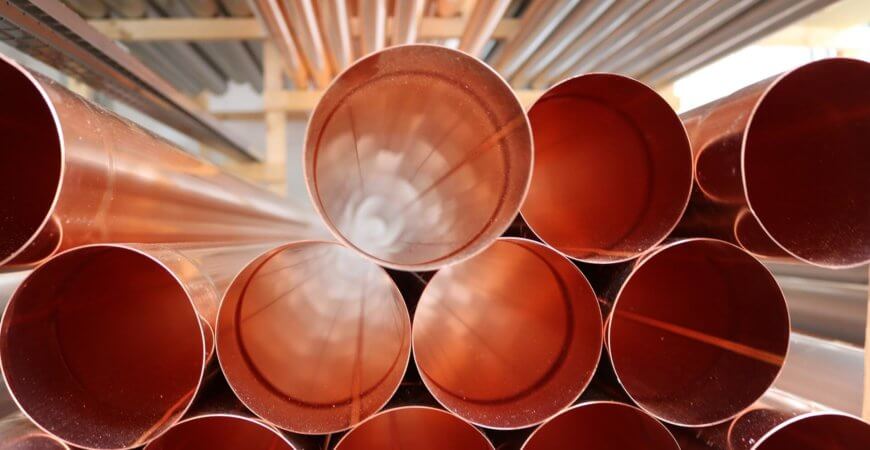

Understanding Different Types of Copper
Copper is a metal that surrounds you all the time, yet many people don’t know much about it. It is most commonly used in the construction industry for water pipes and parts for HVAC systems (heating, cooling, and air-conditioning). Copper is also one of the most valuable metals available when it comes to recycling and scrap collection. What are the different types of copper? How does their grade affect the scrap prices? Let’s find out.
Types of Copper Scrap
Here are the different copper grades that determine the value of the metal.
First-grade copper – should be comprised of clippings, bus bars, wire (at least 15 mm in diameter), and commutator segments. It has to be clean in appearance, uncoated and unalloyed. Clean copper tubing, free of fittings, paint, insulation, and solder, is the most valuable type of copper product in this grade. However, most copper pipes can be classified as a first grade if they don’t show much corrosion and have their fitting removed. Note that, trace amounts of oxidation on the tubing should be acceptable as well.
Second-grade copper – should be comprised of miscellaneous unalloyed solid metal, pipe, or wire that still has paint, solder, or other coatings on it. The minimum copper content should be at 94-96%. The wire must be without insulation and should be thinner than 15 mm in diameter. This grade of copper should be accepted at dealerships even with minor oxidation, as long, as the damage is not excessive.
Bare bright copper – also known as bright and shiny copper, refers to bare, unalloyed, and uncoated cable or wire of first-grade copper quality, no thinner than 16 gauge in thickness. This classification excludes copper piping. It can’t have any insulation and has to be free from impurities, paint, and signs of tarnishing. Only very small amounts of patina are allowed on bare bright copper.
1&2 grade insulated wire – first grade insulated wire consists of clean, unalloyed, uncoated, and untinned copper wire or cable. It should be plastic insulated with all ends but off. Insulation doesn’t need to be stripped. Second grade insulated wire, on the other hand, consists of unalloyed wire, which includes heavy, plastic, or double insulation. This grade typically covers common telecommunications wiring as well as electronics such as outlets and extension cords. Note that, some coatings, like tin and nickel, and a small degree of corrosion shouldn’t block the second-grade classification.
Scrap Value – Copper
Copper has a lot of uses, but the most critical use is in electrical applications like the production of enamelled wires, where the purity of copper is the deciding factor. Primary copper of the top grade ensures high conductivity and excellent surface quality, which makes it one of the most desirable metals at the scrapyard. Secondary copper, used primarily for piping, can be recycled and used again to manufacture new products within stipulated quality limits for impurities. You can expect a decent price for this type of copper as well. Bare bright copper is the type of copper that is the most valuable and high-paying grade around, so you can expect the best possible deal for this type of copper product at your local scrapyard.
Final Words
As you have now all the necessary information regarding copper types, you should be in a good position to understand and assume the value of copper scrap that you may have. For the current copper prices, check out individual recycling companies and find yourself the best deal on the market, your effort should be rewarded.
